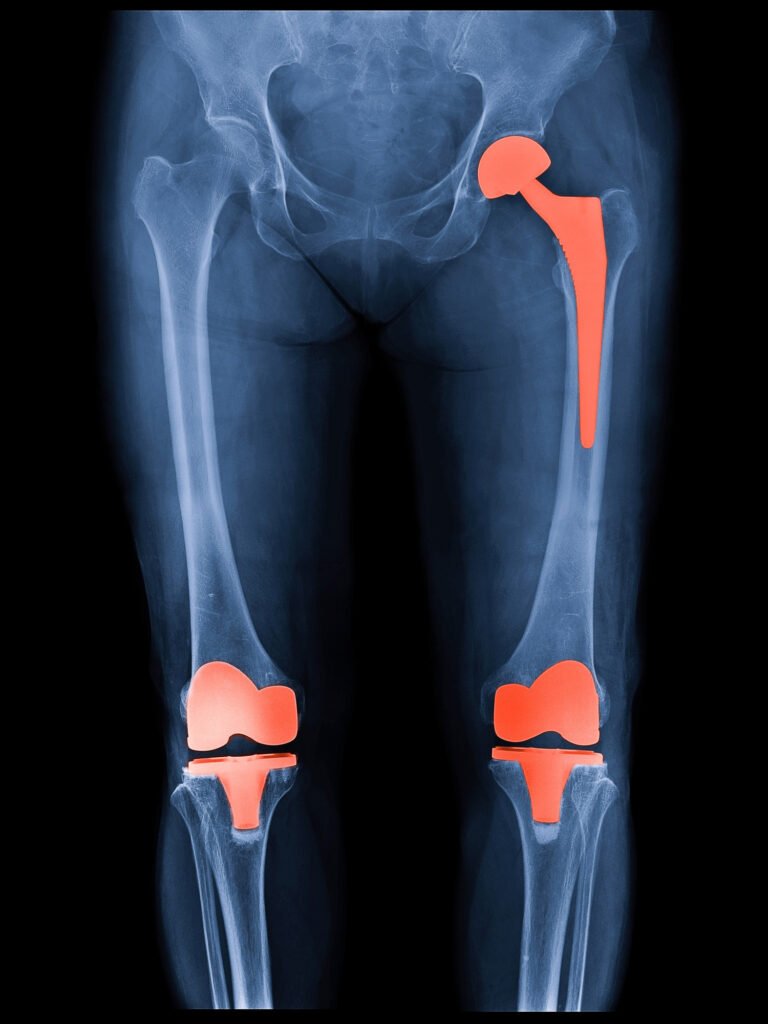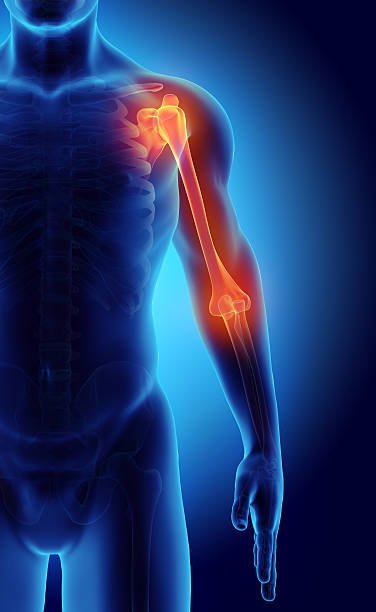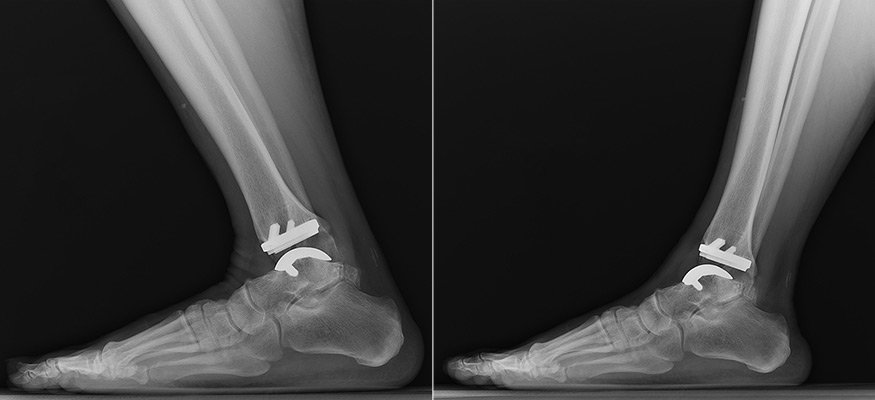Joint Replacement Centre in Mumbai
Top Joint Replacement Centers in Mumbai for Regaining Mobility
Joint pain can have a significant impact on your quality of life by limiting your mobility and interfering with daily activities. If you live in Mumbai and are thinking about getting joint replacement surgery, you are in luck because you have access to some of India’s most prestigious medical institutions. This guide delves into renowned Joint Replacement Centers in Mumbai, providing information to help you make an informed decision.
Joint replacement, also referred to as arthroplasty, is an orthopedic surgical procedure in which an orthopedic prosthesis is used to replace a damaged or malfunctioning joint surface. When less invasive therapies fail to relieve severe joint pain or dysfunction, joint replacement is taken into consideration as a possible course of treatment. Numerous joint conditions, such as rheumatoid arthritis and osteoarthritis, frequently require joint replacement surgery.
Different Joint Replacement Surgery Types
There are numerous body parts that may need joint replacement. To ensure successful surgeries, orthopedic surgeons have specific areas of specialization. It can be difficult to remember all of the different kinds of joint replacement surgery that are available.
Types of Surgery for Joint Replacement
We at South Shore Orthopedics are committed to assisting you in resolving your issue. Should you be experiencing discomfort in your joints, it might be appropriate to contemplate any of the various kinds of joint replacement procedures mentioned below.
Hip Replacement
Among the most popular joint replacement procedures is the hip replacement procedure. This is where an orthopaedic physician can perform a total or partial hip replacement. During a total replacement, the femoral head and the acetabulum are operated on. Only the femoral head is compatible with the half replacement.
Knee Replacement
A knee replacement is seen as more complex when an orthopedic physician is required to perform the surgery. The most intricate joint in the body is this one. Another name for a knee replacement is a knee arthroplasty. Before deciding to perform surgery, a surgeon will evaluate your knee’s strength, stability, and range of motion, according to the Mayo Clinic.Depending on which part of your knee is injured, you may need a different kind of knee replacement surgery. This can manifest as anything from a total knee replacement to ACL surgery. The orthopedic surgeon can proceed with the necessary steps towards the surgery once it has been determined whether the procedure will be partial or full.


Shoulder Replacement
These are less common than others when it comes to shoulder joint replacements. This is frequently used if medication and activity modifications are ineffective in treating shoulder pain.
As per OrthoInfo, the available treatment options typically involve replacing the humerus bone head (ball) or both the ball and the socket (glenoid). Depending on which part of your shoulder is injured, you can choose between the two of them.
Elbow Replacement
This procedure is also frequently thought to be more complex for the elbow joint. This is due to the elbow’s numerous intricate components, which precisely coordinate to control forearm movement. According to the, pain is the main factor influencing people’s decision to have surgery rather than less invasive procedures or medication.
Depending on the extent of the damage, this may also appear to be a full or partial replacement. The surgeon can just replace the damaged section if that is all that is damaged. In the event that the elbow is affected completely, an artificial joint is inserted in place of the ends of the bones that join together.
Wrist Joint Replacement
Another joint that can be operated on is the wrist joint. Though less common, it is an excellent choice for severe arthritis pain after all other forms of pain management have failed. During this procedure, the damaged wrist joint components are removed, and an artificial joint is used in their place to finish the task. Every kind of joint replacement surgery aims to relieve pain.


Ankle Replacement
One of the other types of joint replacement is the ankle. The injured ankle joint is replaced with a synthetic implant during ankle replacement surgery. At the ankle joint, the talus bone in your foot is positioned above the shinbone (tibia).
Due to the deterioration of the bone’s surface cartilage, arthritis frequently affects this joint. This joint gets inflamed, painful, and swollen due to the wear and tear. Surgery can be used to lessen pain if it gets too bad.